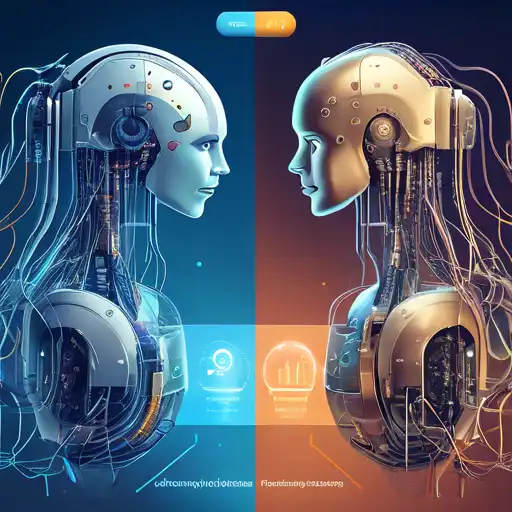Introduction to Machine Learning and Deep Learning
In the realm of artificial intelligence (AI), Machine Learning (ML) and Deep Learning (DL) are two pivotal technologies that have transformed how machines interpret data. While they share common ground, their approaches, applications, and complexities differ significantly. This article delves into the key differences between ML and DL, offering insights into their unique characteristics and uses.
What is Machine Learning?
Machine Learning is a subset of AI that enables machines to learn from data, identify patterns, and make decisions with minimal human intervention. ML algorithms are trained using structured data and can improve their accuracy over time. Applications of ML include spam detection, recommendation systems, and fraud detection.
What is Deep Learning?
Deep Learning, a more advanced subset of ML, mimics the workings of the human brain in processing data for decision making. DL uses neural networks with several layers (hence 'deep') to analyze various factors of data. It excels in handling unstructured data like images and speech. Common applications include facial recognition, natural language processing, and autonomous vehicles.
Key Differences Between Machine Learning and Deep Learning
Data Dependency
DL requires large amounts of data to perform well, whereas ML can work with smaller datasets. This makes ML more accessible for businesses with limited data.
Hardware Requirements
DL models are computationally intensive, often requiring powerful GPUs for training. ML models, on the other hand, can be trained on less powerful machines.
Feature Engineering
In ML, feature extraction is manual and requires domain expertise. DL automates this process, reducing the need for human intervention.
Interpretability
ML models are generally easier to interpret and explain. DL models, with their complex architectures, are often seen as 'black boxes'.
Choosing Between Machine Learning and Deep Learning
The choice between ML and DL depends on the specific problem, available data, and computational resources. ML is preferable for problems with limited data or when interpretability is crucial. DL is suited for complex problems involving large datasets, especially with unstructured data.
Conclusion
Understanding the differences between Machine Learning and Deep Learning is essential for leveraging the right technology for your needs. While ML offers simplicity and efficiency, DL provides unparalleled accuracy for complex tasks. As AI continues to evolve, the boundaries between these technologies may blur, but their core differences will remain relevant.
For more insights into AI technologies, explore our articles on Artificial Intelligence and Data Science.
